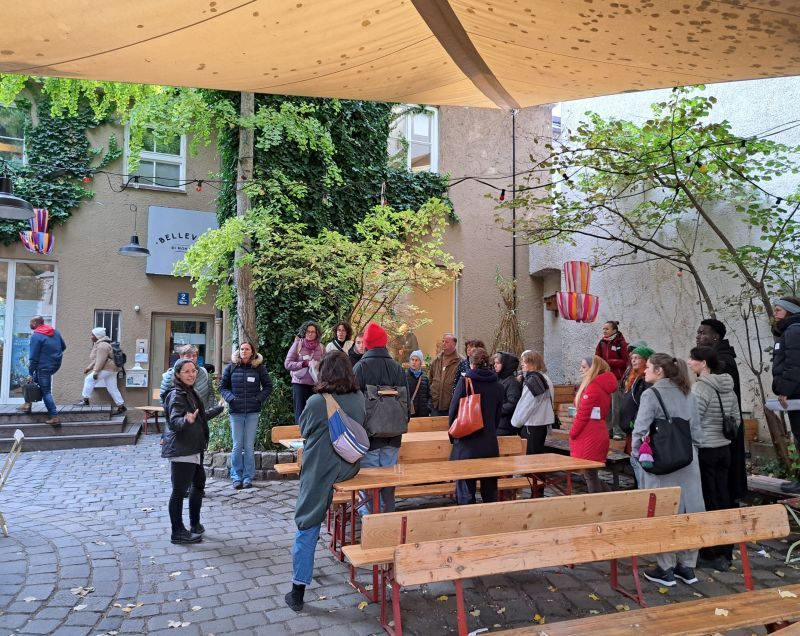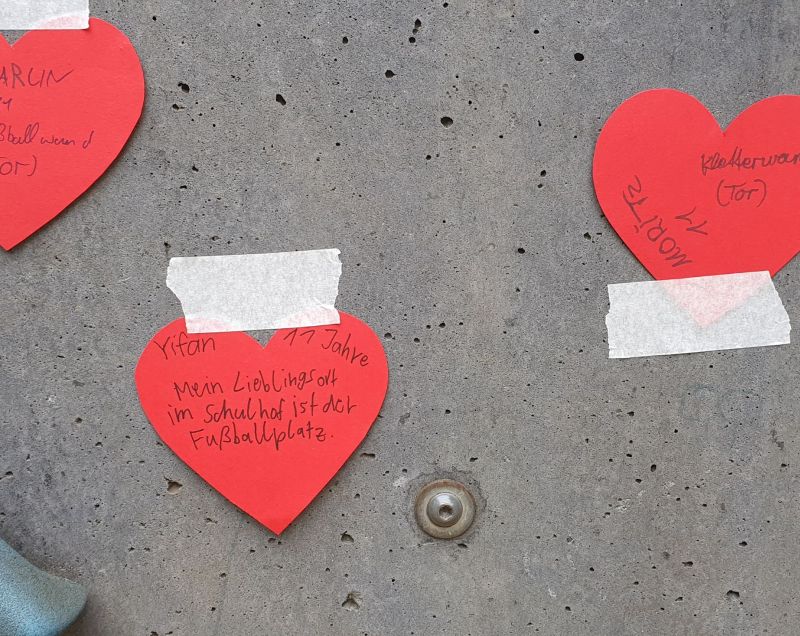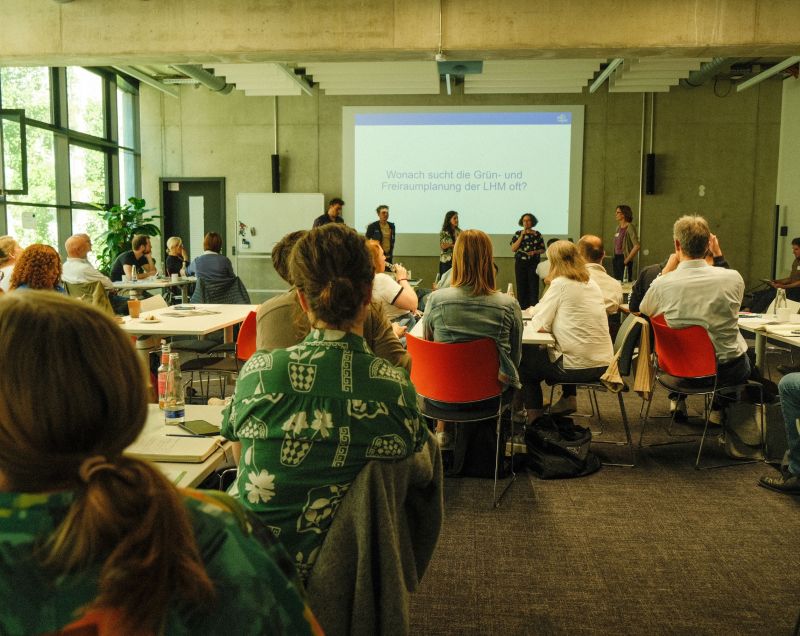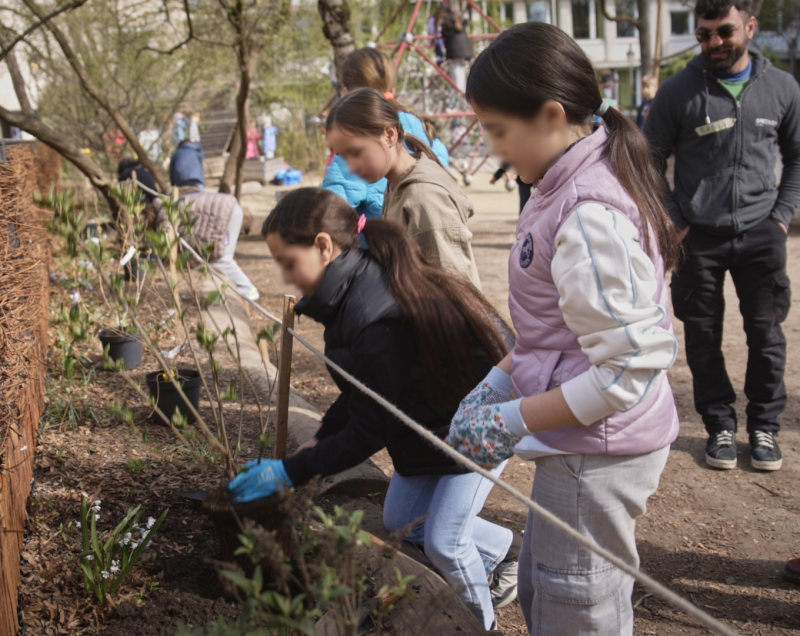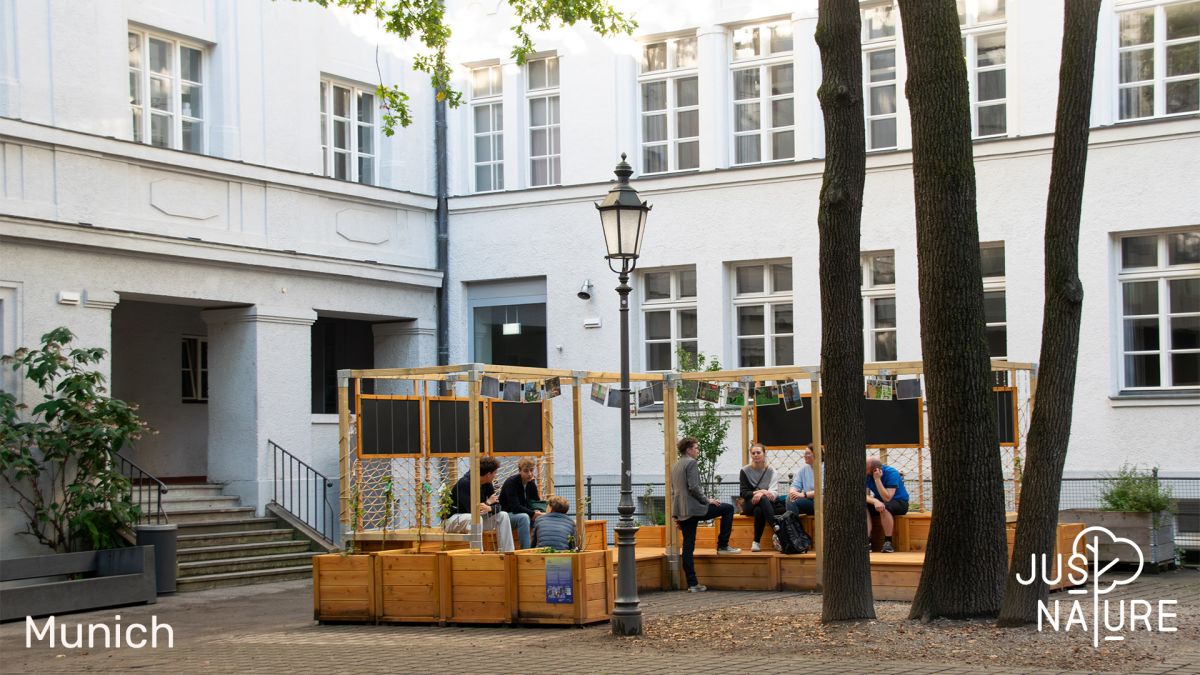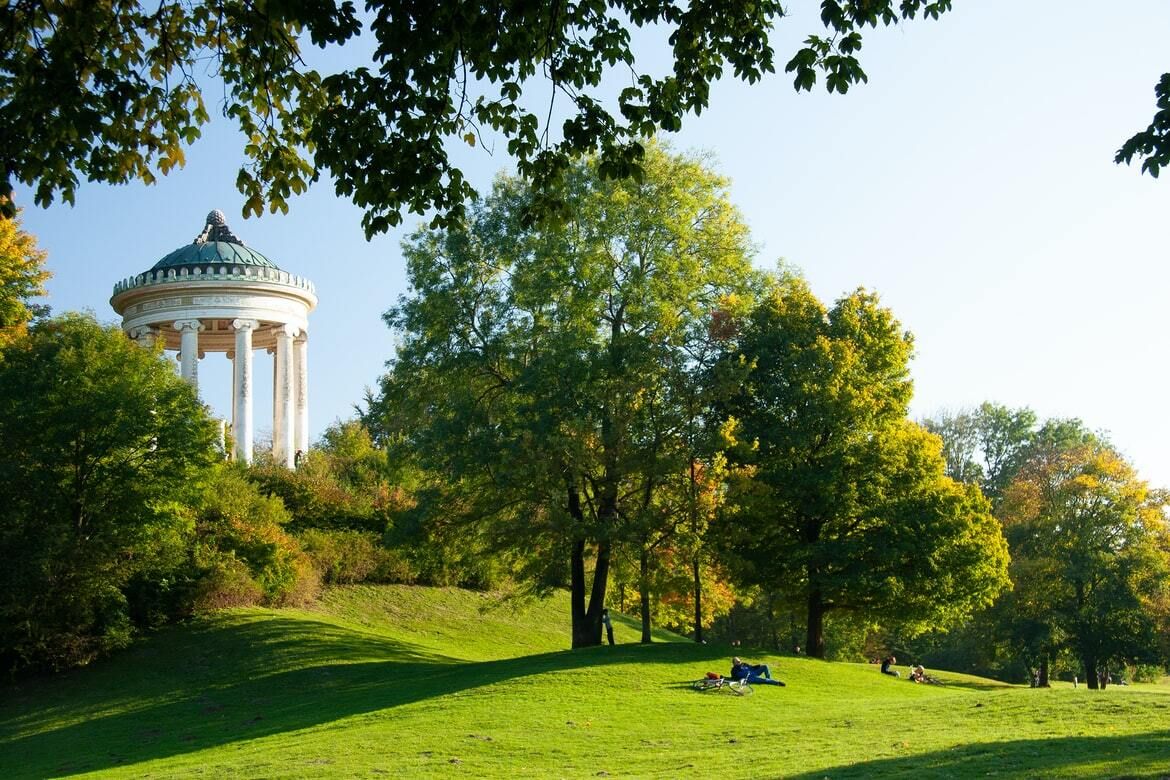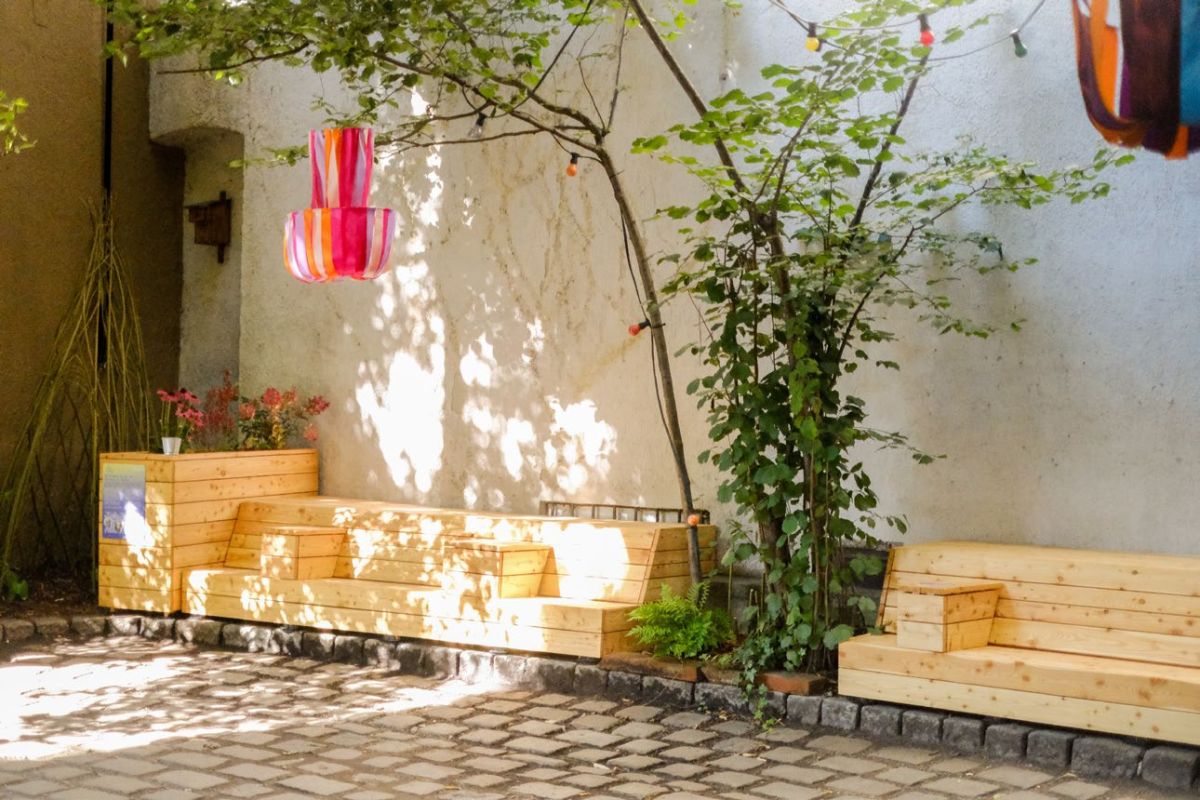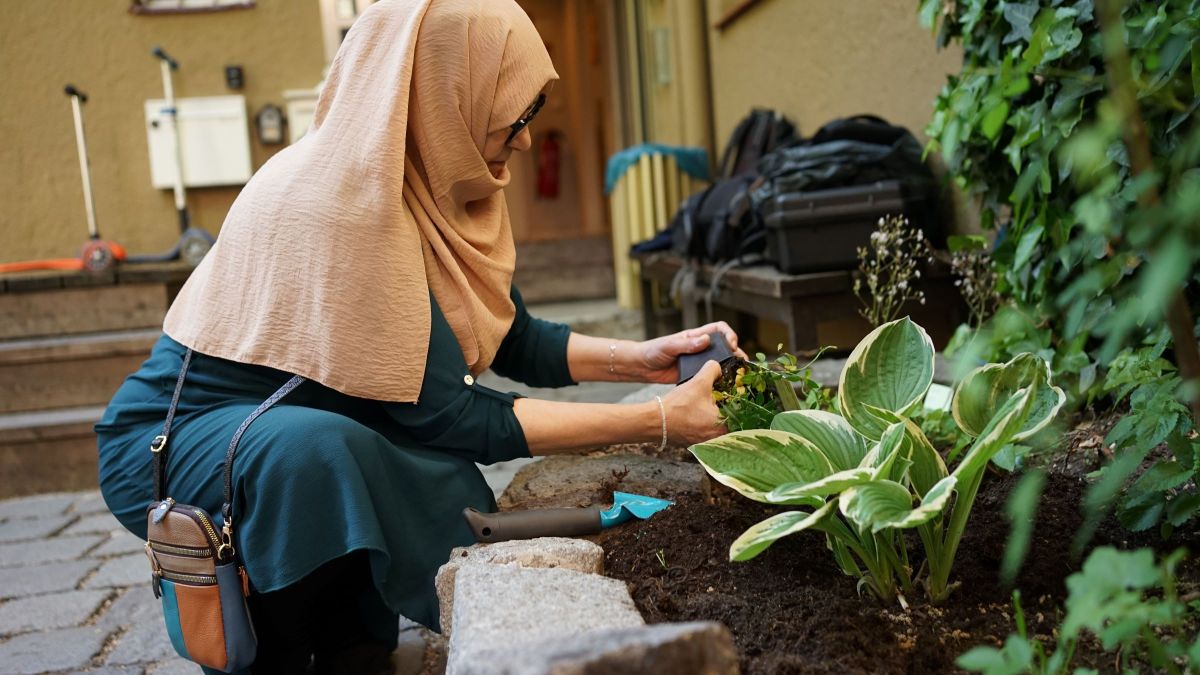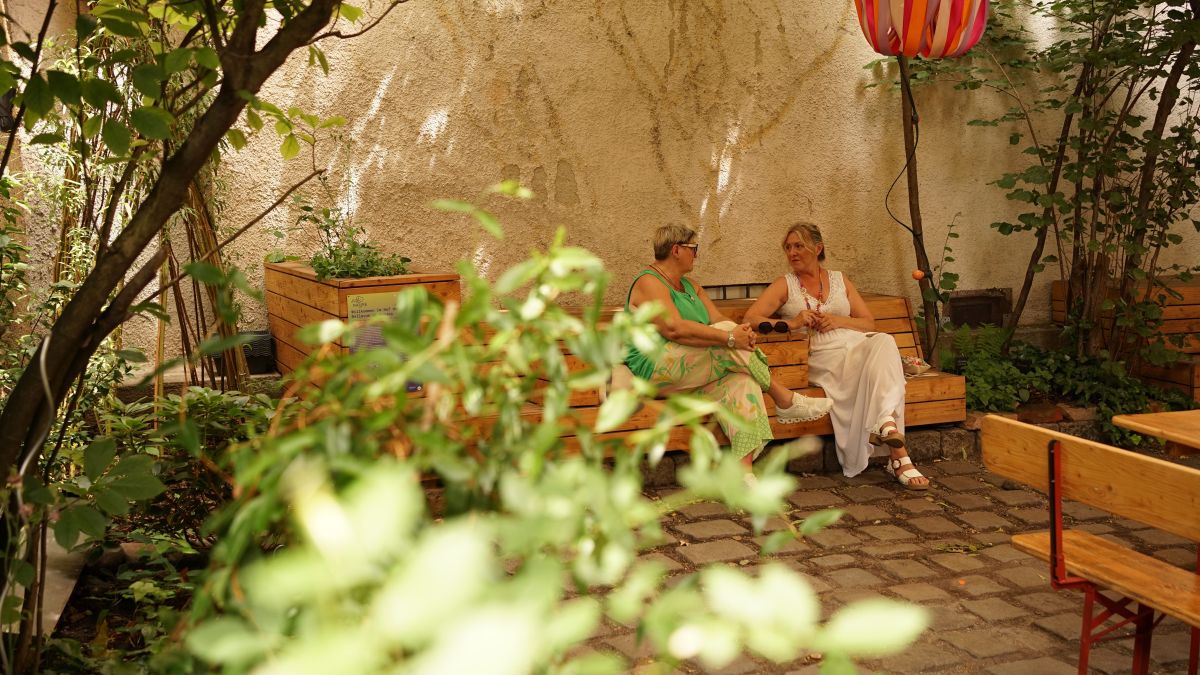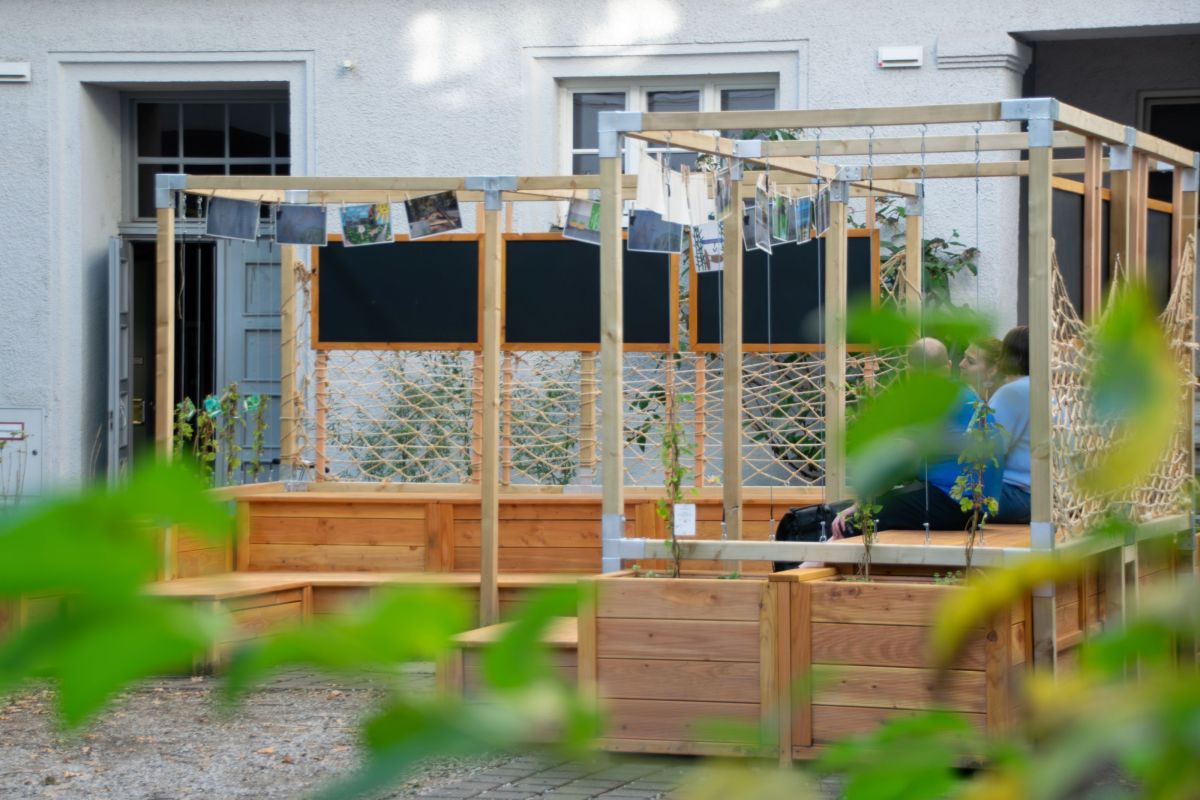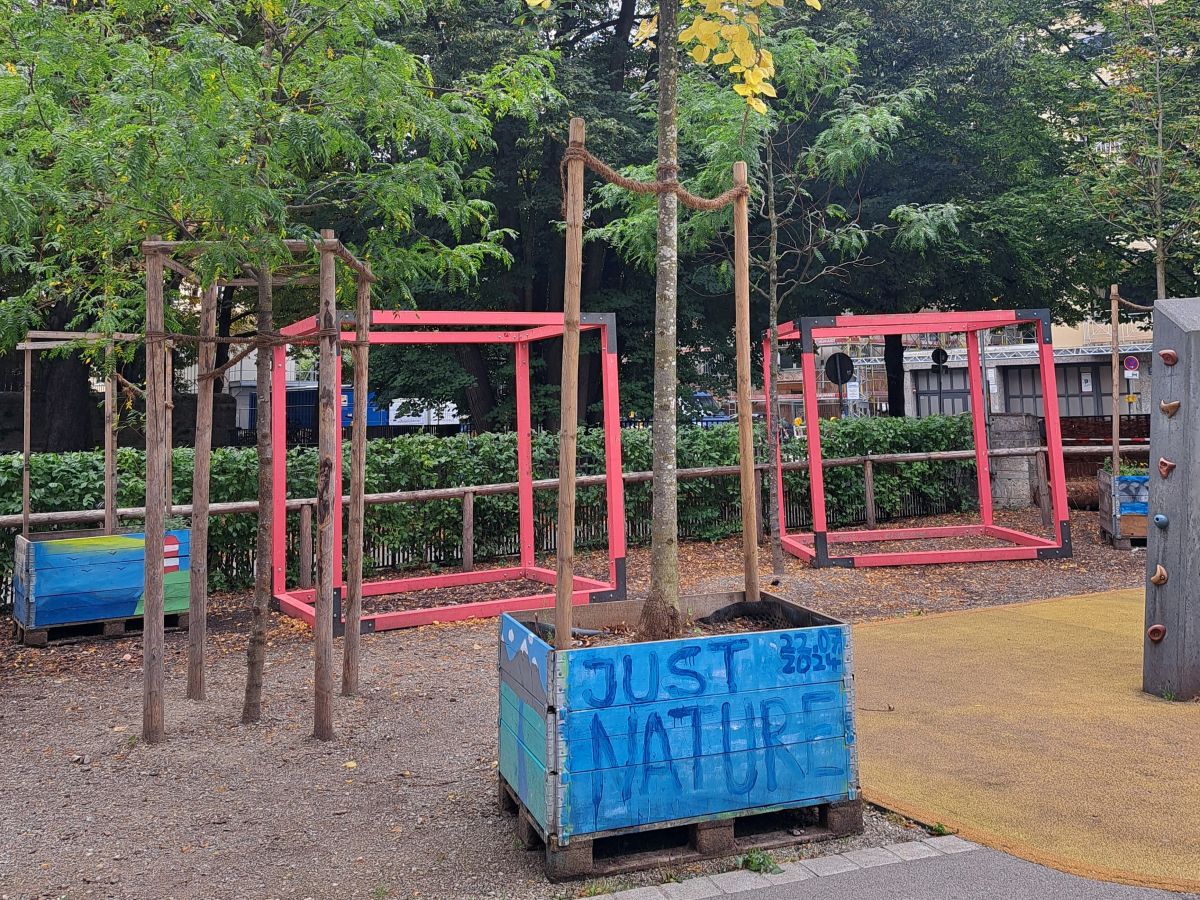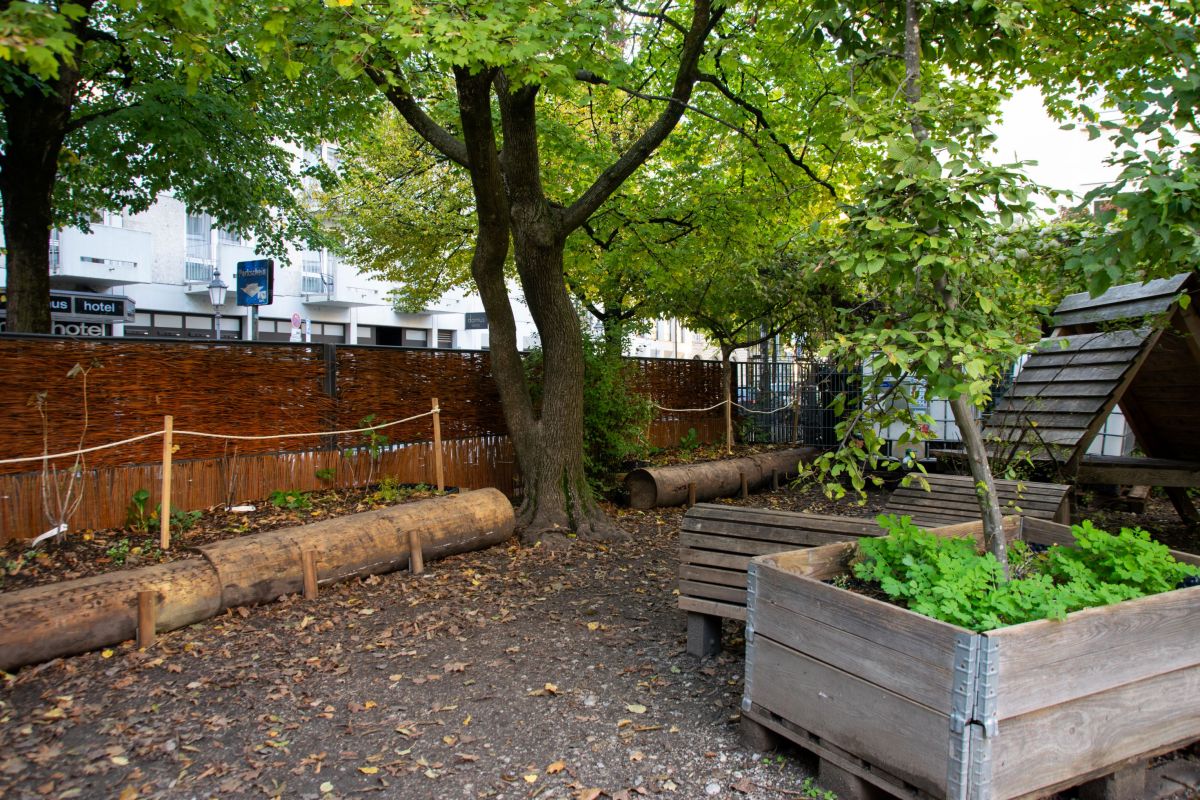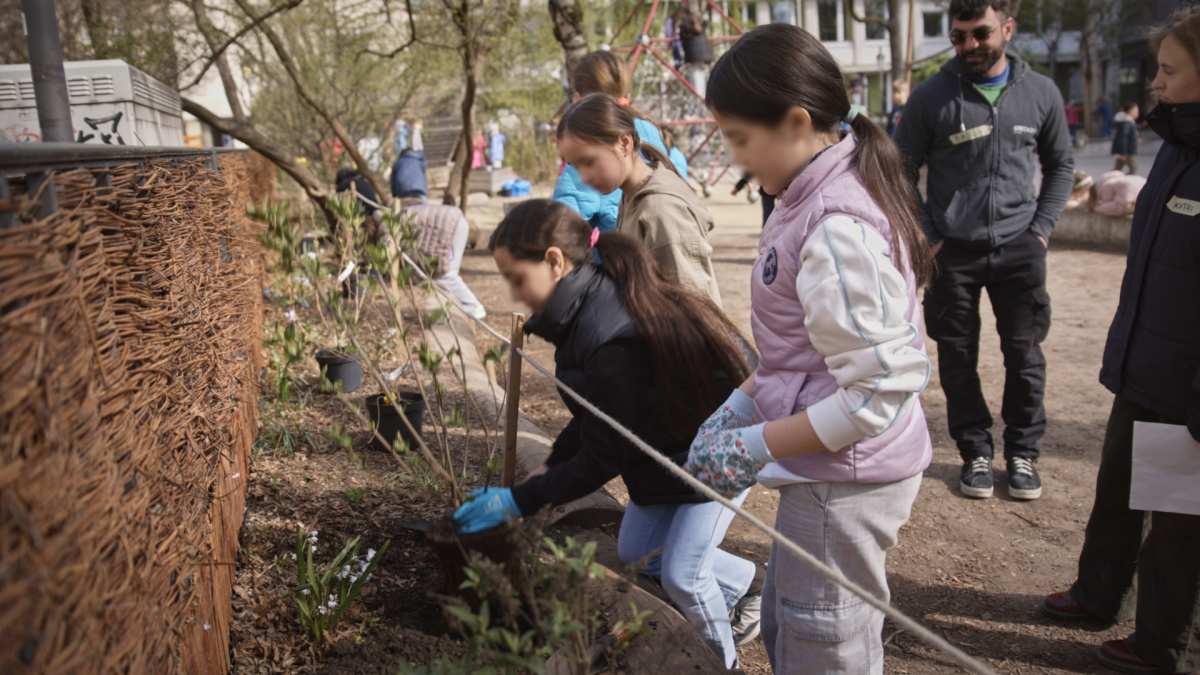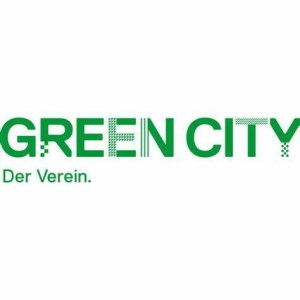Exploration and Activation Site
The City of Munich aims to increase publicly accessible open space in the city centre, which is characterized by a high built density and some historical building structures. Linked to discussions about a sponge city as well as a car free city centre, the focus increasingly lays on the strategic-functional (re-)use of space. Many different interests influence the discussions, such as
- a citizen´s referendum for better bike networks.
- a competition to green the city centre ring road and restructure traffic flows.
- activities to restore one of the city’s smaller water streams and measures to strengthen the commercial sector.
The discussion/transformation of the city center offers a window of opportunity to adapt it to climate change and to reduce air pollution impacts, building on NbS. Multifunctional, publicly accessible open and green spaces help enhance thermal comfort and provide for just recreation. The demand for consumption-free open space providing shade and cooling in the city center has strongly increased, especially among vulnerable groups such as children and elderly people.
The Department of Urban Planning and building regulations developed an open space district concept for the city centre, which includes the available data of the climate function map and analysis of historic green structures and identifies potential fields of action to greening the city centre. Within the framework of JUSTNature and the City Practice Lab Munich, temporary green space interventions by co-creative involvement and participation of different city stakeholders are planned to be established.

